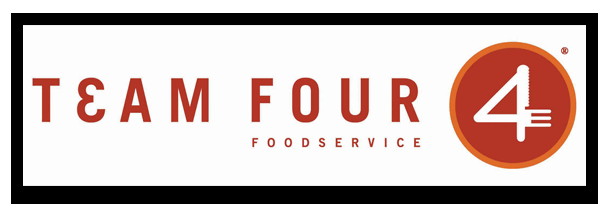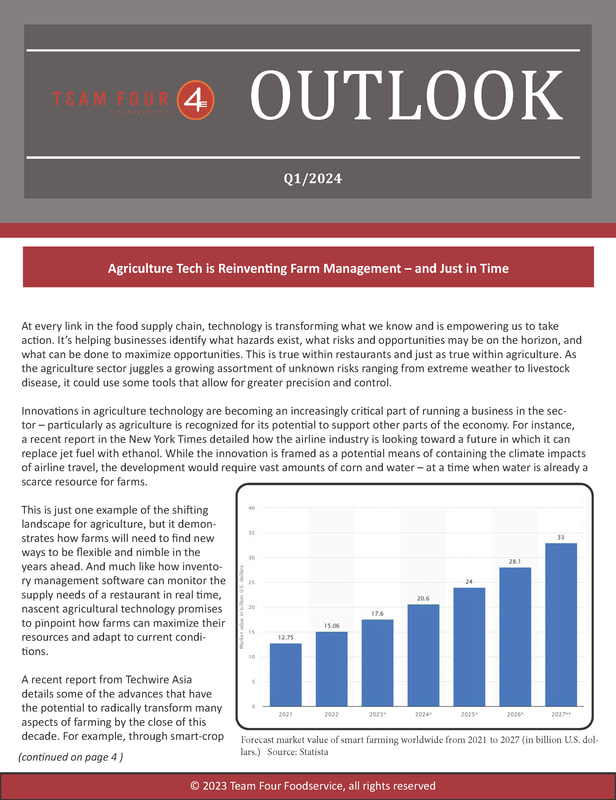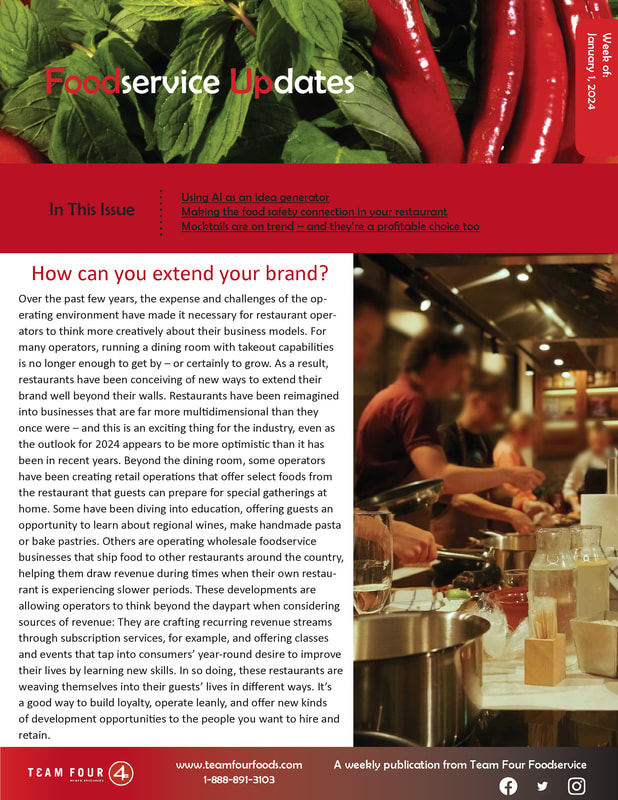 The record-setting inflation and supply chain strains of recent months have forced restaurant operators to make some uncomfortable choices: raise menu prices (repeatedly, and with no end in sight), remove a menu item altogether if a suitable substitute is unavailable, or absorb some of the excess costs of increasingly expensive menu items. You’re likely making these choices on an all-too-frequent basis right now. If you’re assessing menu items and struggling to determine which bucket is the right place for a menu item, ask yourself if the experience you’re providing – to include the food and other less tangible qualities about dining in your restaurant – justifies the price you’re charging. How central is an item to your menu – or to the reasons guests are motivated to order from you? Where is the point at which the costs you’re charging exceed the quality of the experience? The tipping point is likely to fluctuate as consumers feel the pinch of inflation (or the pace of inflation continues to set records): According to a survey conducted for The International Council of Shopping Centers, 64 percent of respondents said they’re expecting to reduce their restaurant expenditures because of rising prices. The survey found that dining out, specifically, is one of the activities that will be most affected if inflation hits a tipping point. Restaurants that can find ways to support consumers’ efforts to cook more meals at home – with side dishes, meal kits and other value-added items – may be able to minimize some of those concerns. Justin Shoener, a financial operations leader for The Indigo Road Hospitality Group, recently told Nation’s Restaurant News that due to current economic pressures, he and his team are evaluating individual menu items constantly and rebalancing the mix on a weekly basis right now, with an eye toward preserving value: “We are constantly being very mindful of guest perception and value in our restaurants,” he said. “We want to make sure our guests feel an appetizer or entrée price is justified by the quality, portion, and price on each item. We look at our menu items individually to make sure it all makes sense.” Of course, your food costs are only one part of the equation – rent, labor, gasoline and other operating expenses are climbing too. If you’re needing to pass additional operating costs on to guests right now, be transparent about them. While consumers are seeing their own food prices climb at the grocery store and they generally understand the need for price hikes, they also need to understand what they’re paying for. If you’re adding a blanket charge to guest bills, mention this on your menu, or directly when guests are ordering, so you can avoid giving guests an unfortunate surprise (and a negative final impression) as they walk out the door.
0 Comments
Leave a Reply. |
More Inflation ArticlesBecome recession-readyStriking the right balance on priceFight inflation challengesArchives
April 2024
Categories
All
|
Foodservice CEO is provided for informational purposes only. It is intended to offer foodservice operators’ guidance regarding best practices in running their operations. Adherence to any recommendations included in this Guidance will not ensure a successful operation in every situation. Furthermore, the recommendations contained in this website should not be interpreted as setting a standard of operation or be deemed inclusive of all methods of operating nor exclusive of other methods of operating.
Copyright 2023 Team Four Foodservice, All Rights Reserved.




 RSS Feed
RSS Feed